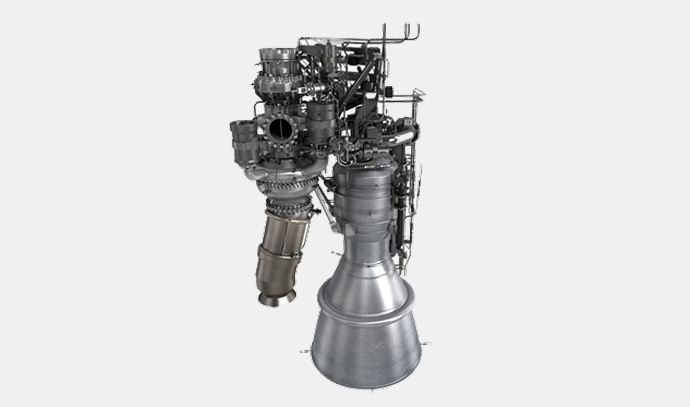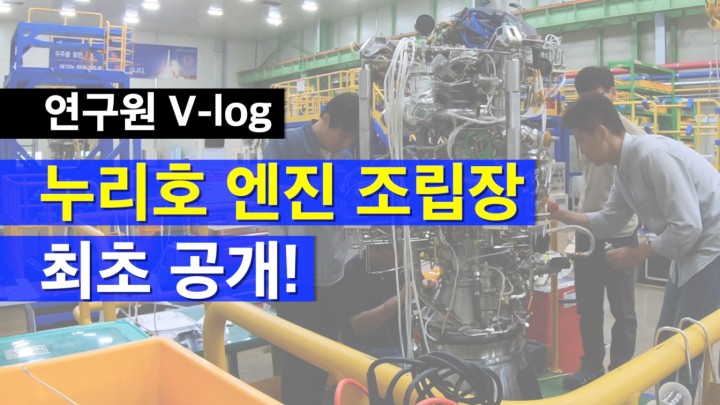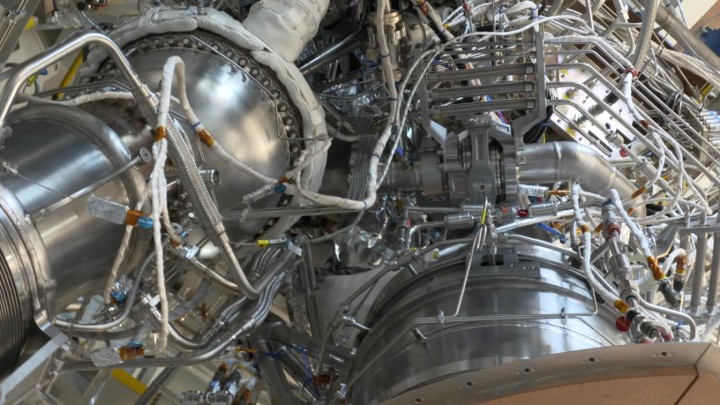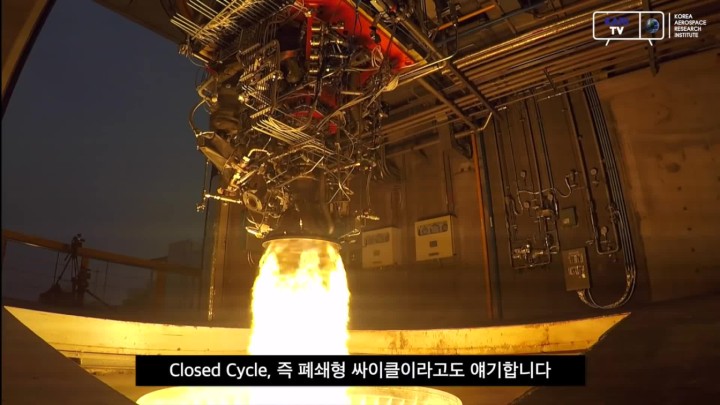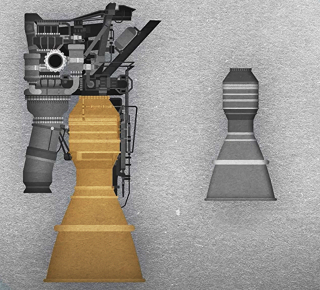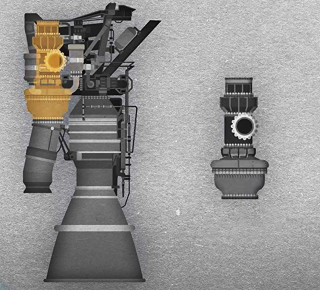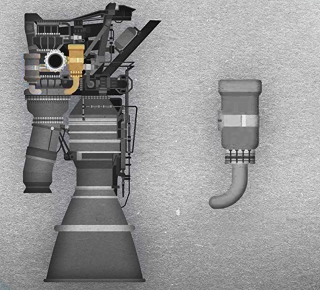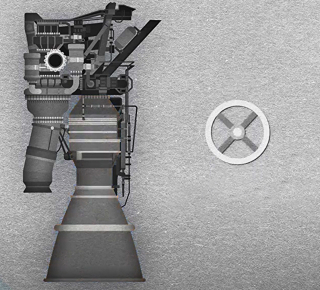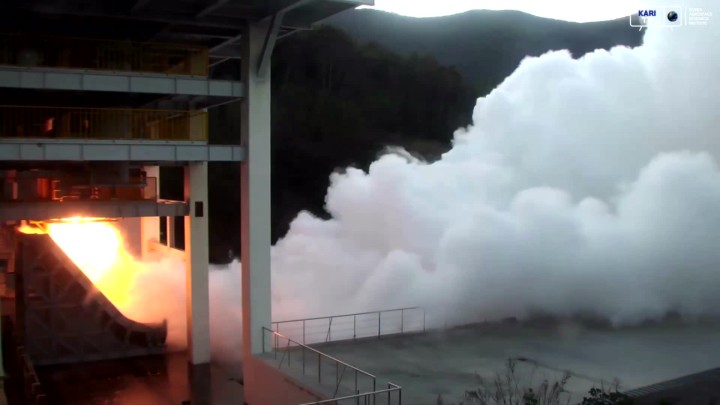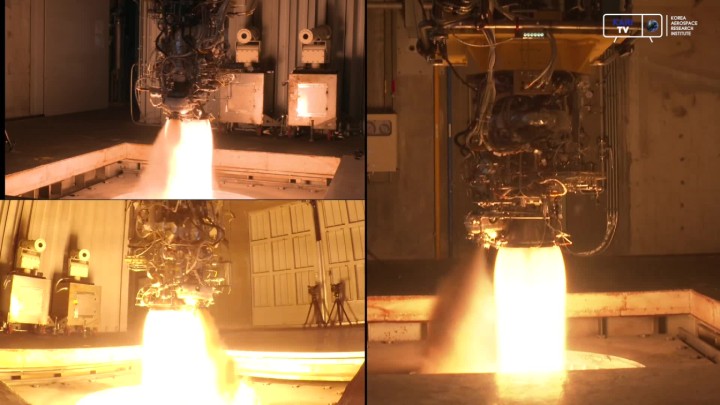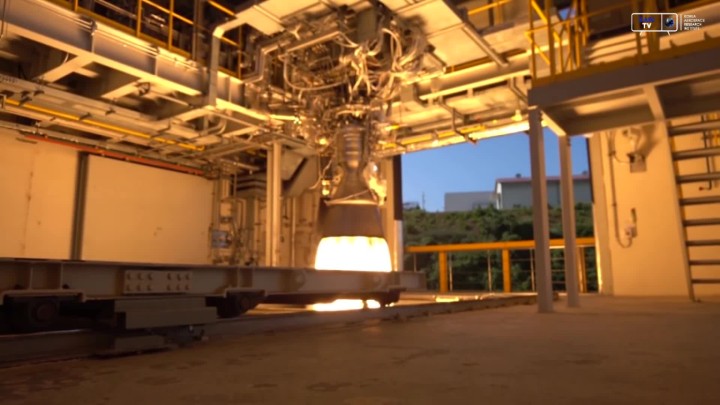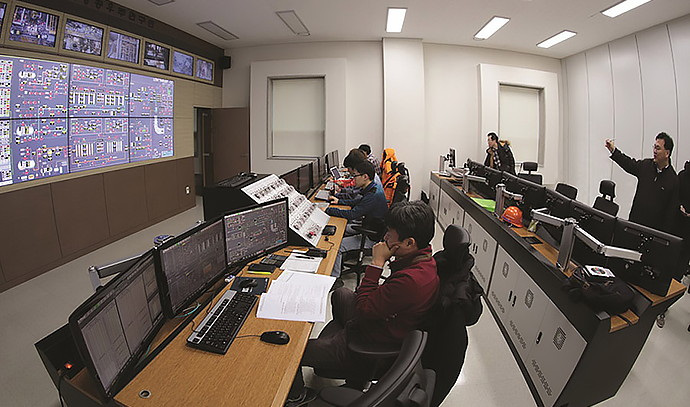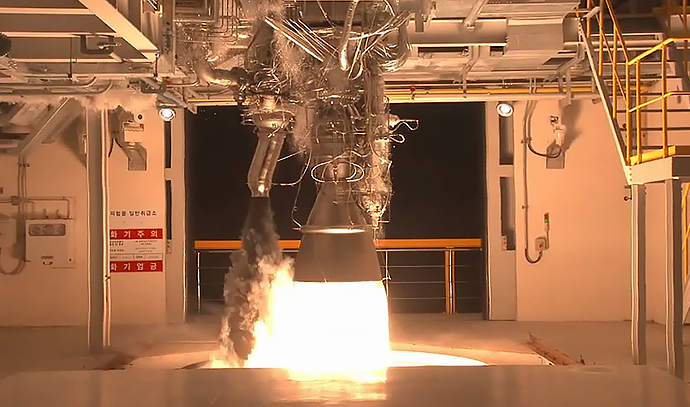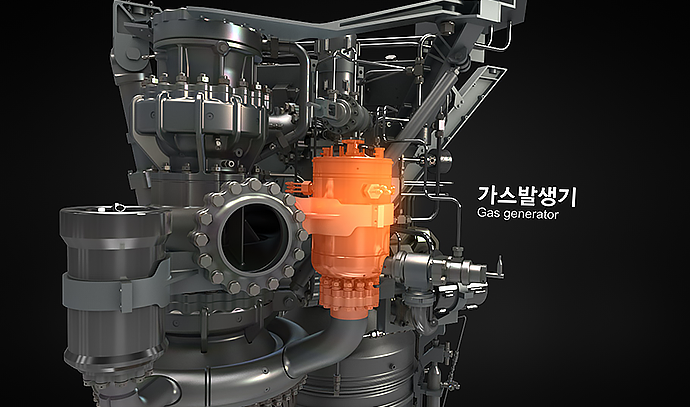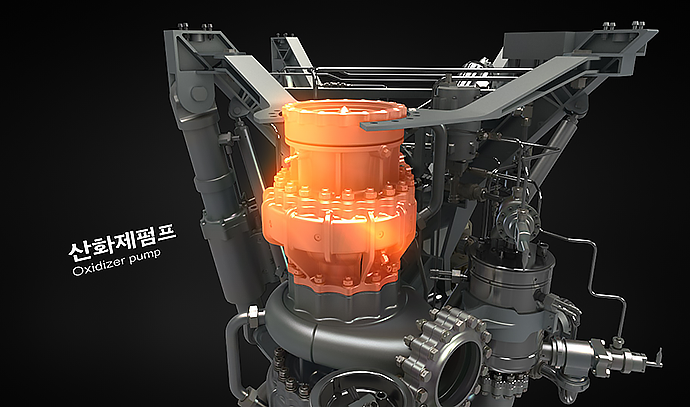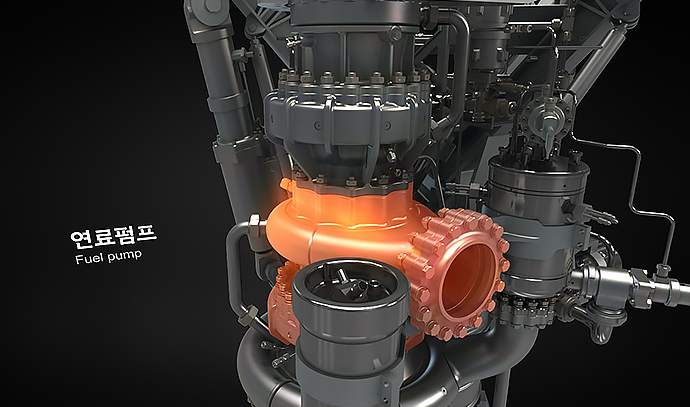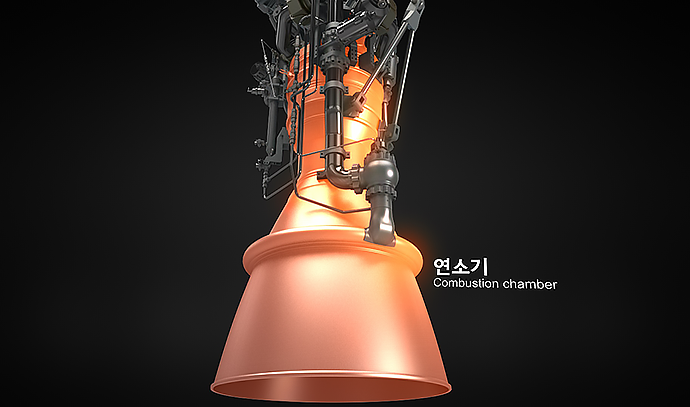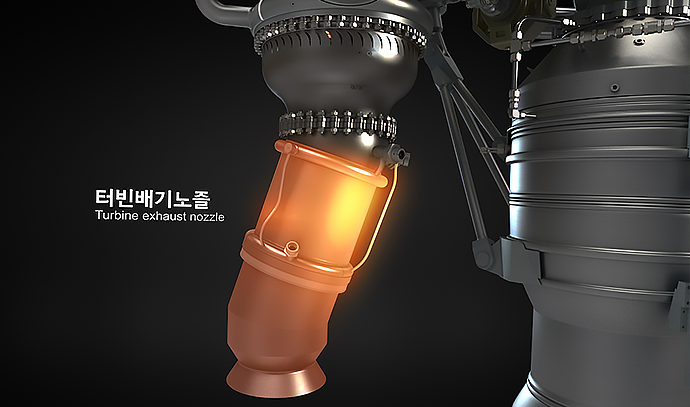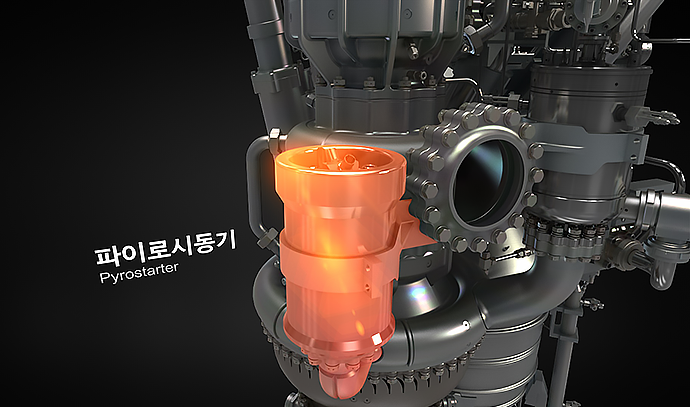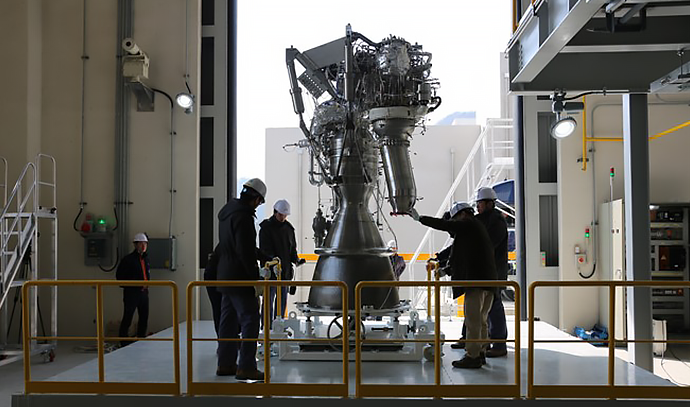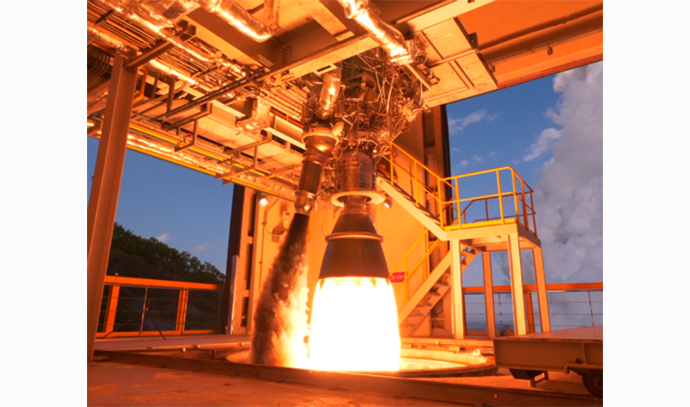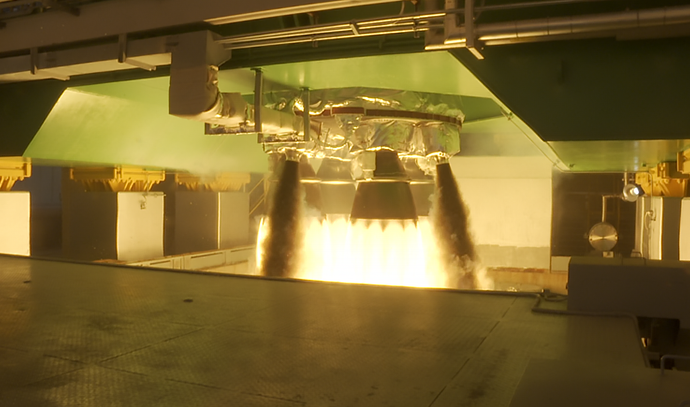Liquid rocket engines must endure intense internal chemical reactions while being designed with the minimum possible weight to achieve the maximum performance relative to their mass. As a result, numerous inherent risks are associated with their operation. Therefore, securing reliability is the top priority when applying newly developed engines to rockets, and extensive repeated testing is essential.
The 75-ton-class liquid engine for NURI, developed with domestic technology, overcame early technical challenges, such as combustion instability, and verified its combustion performance during flight through a test launch in 2018. To ensure the performance and reliability of the 75-ton-class engine, the Korea Aerospace Research Institute (KARI) has conducted continuous engine combustion tests.
From the initial test in April 2016 through November 2020, a total of 25 engines were assembled and tested. The first and second units were produced to evaluate the functionality and performance of each component and to establish key engine sequences. Based on these early tests, engines from the third unit onward were configured to closely resemble the flight model. Subsequent acceptance tests for the test launch vehicle certification models and flight models were successfully completed, leading to their delivery for launch operations and ongoing engine verification testing. As of November 2020, 25 units of the 75-ton-class engine had been produced, with a total of 168 tests conducted and a cumulative burn time of 16,690 seconds. The longest continuous burn duration recorded for a single engine was 260 seconds.
In addition, development of the 7-ton-class engine began with power pack tests in April 2015, identifying potential issues before full engine testing and providing information for the layout design of the initial prototype. The engine assembly process was established through fabrication and integration efforts, and the first combustion test was successfully conducted in July 2015. The 7-ton-class engine proceeded through a stable manufacturing and testing process, leading to the assembly of the certification model for the third stage, followed by the commencement of flight model assembly. Because the third-stage liquid engine remains inactive during the operation of the first and second stages while being subjected to severe vibration, vibration environment testing was completed to verify its structural integrity and operational functionality. A total of 11 units of the 7-ton-class engine have been developed, with 89 tests conducted and a cumulative burn time of 16,385.7 seconds.

